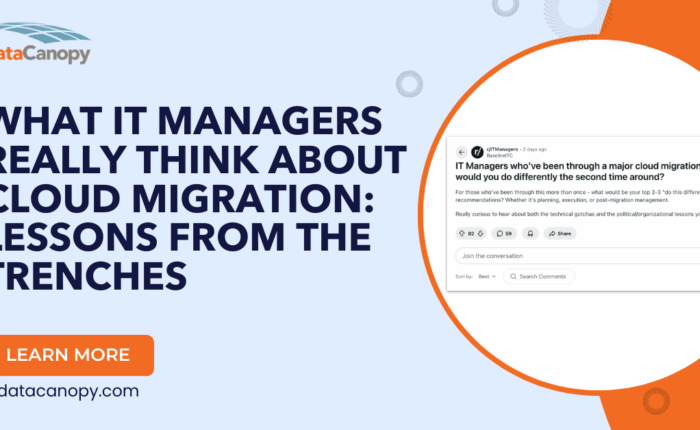Public cloud was supposed to solve everything. For regulated industries, it’s become a compliance minefield instead.
The promise was compelling: infinite scalability, pay-as-you-go pricing, and freedom from infrastructure headaches. But as regulatory frameworks tighten globally, organizations in healthcare, finance, and government face a sobering reality. Data sovereignty requirements are fundamentally at odds with how public cloud platforms operate.
This tension isn’t theoretical. It’s expensive.
Data sovereignty violations in the UK can trigger fines reaching £17.5 million or 4% of global annual turnover, whichever hits harder. For enterprises processing sensitive information, the public cloud’s opacity about data location has transformed from convenience to liability.
When Public Cloud Becomes a Liability
The core issue is control. Public cloud providers operate global infrastructure designed for efficiency, not regulatory boundaries. Your data might be processed across multiple regions without your knowledge.
This creates particular challenges for AI and machine learning projects.
Nearly half of developers (48%) report significant delays in ML deployments specifically due to non-sovereign infrastructure complications. When training data contains regulated information, the complexity multiplies.
Consider the CLOUD Act implications. US authorities can compel American cloud providers to surrender data stored anywhere globally, potentially overriding UK privacy protections. For organizations bound by UK GDPR, this creates an impossible compliance situation.
The Private Cloud Renaissance
Forward-thinking organizations are rediscovering private cloud and colocation solutions. Not from nostalgia, but necessity.
The evidence is particularly strong in financial services. Banks and fintech companies developing AI models increasingly choose colocation facilities where they can maintain precise control over data locality while achieving high performance.
This isn’t merely about compliance. It’s about business fundamentals.
Financial institutions using colocation for proprietary AI development report both stronger compliance postures and more predictable costs compared to public cloud alternatives. The variable pricing models of public cloud providers become particularly problematic for constant AI training workloads.
Private cloud solutions built on hyperconverged infrastructure offer the control of on-premises systems with cloud-like flexibility. This balance proves critical for organizations navigating complex regulatory environments.
Beyond Binary Thinking
The most sophisticated approach isn’t about abandoning public cloud entirely. It’s about strategic workload placement.
Organizations need infrastructure partners who understand the regulatory nuances of different data types and processing activities. The right solution often involves hybrid architectures with workloads distributed based on sovereignty requirements.
Key considerations include:
- Data classification and regulatory mapping
- Geographical processing requirements
- Performance needs for specialized workloads like AI/ML
- Cost predictability for long-running processes
- Audit and compliance documentation capabilities
The Path Forward
For regulated industries, the infrastructure decision framework must start with sovereignty and compliance, not just technical capabilities or cost models.
Organizations need partners who can provide:
1. Right-sized private cloud environments designed specifically for regulated workloads
2. High-density colocation options for AI/ML development with clear data locality guarantees
3. Hybrid architectures that maintain compliance while leveraging public cloud where appropriate
4. Documented compliance frameworks that satisfy auditor requirements
The public cloud revolution delivered tremendous value. But for regulated industries, the next evolution requires more nuanced infrastructure strategies that place data sovereignty at the center of decision-making.
As AI adoption accelerates and regulatory scrutiny intensifies, organizations that solve the sovereignty challenge gain both compliance security and competitive advantage. The solution isn’t returning to the past but building infrastructure specifically designed for this new regulatory reality.



